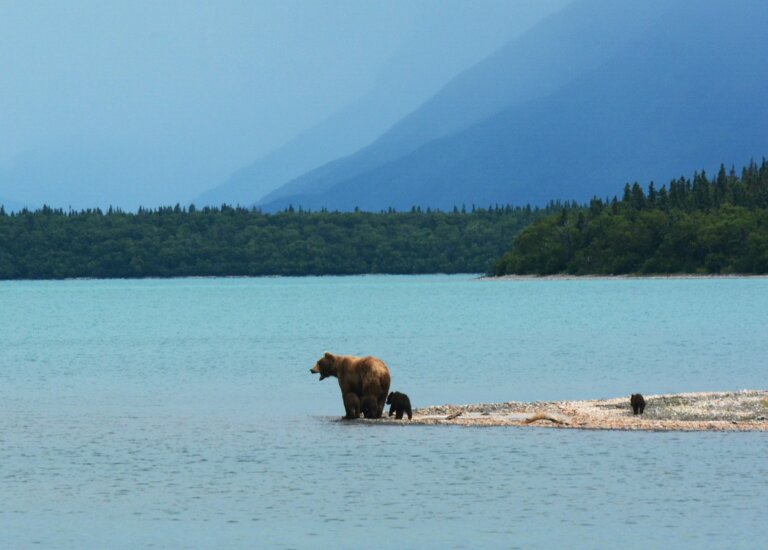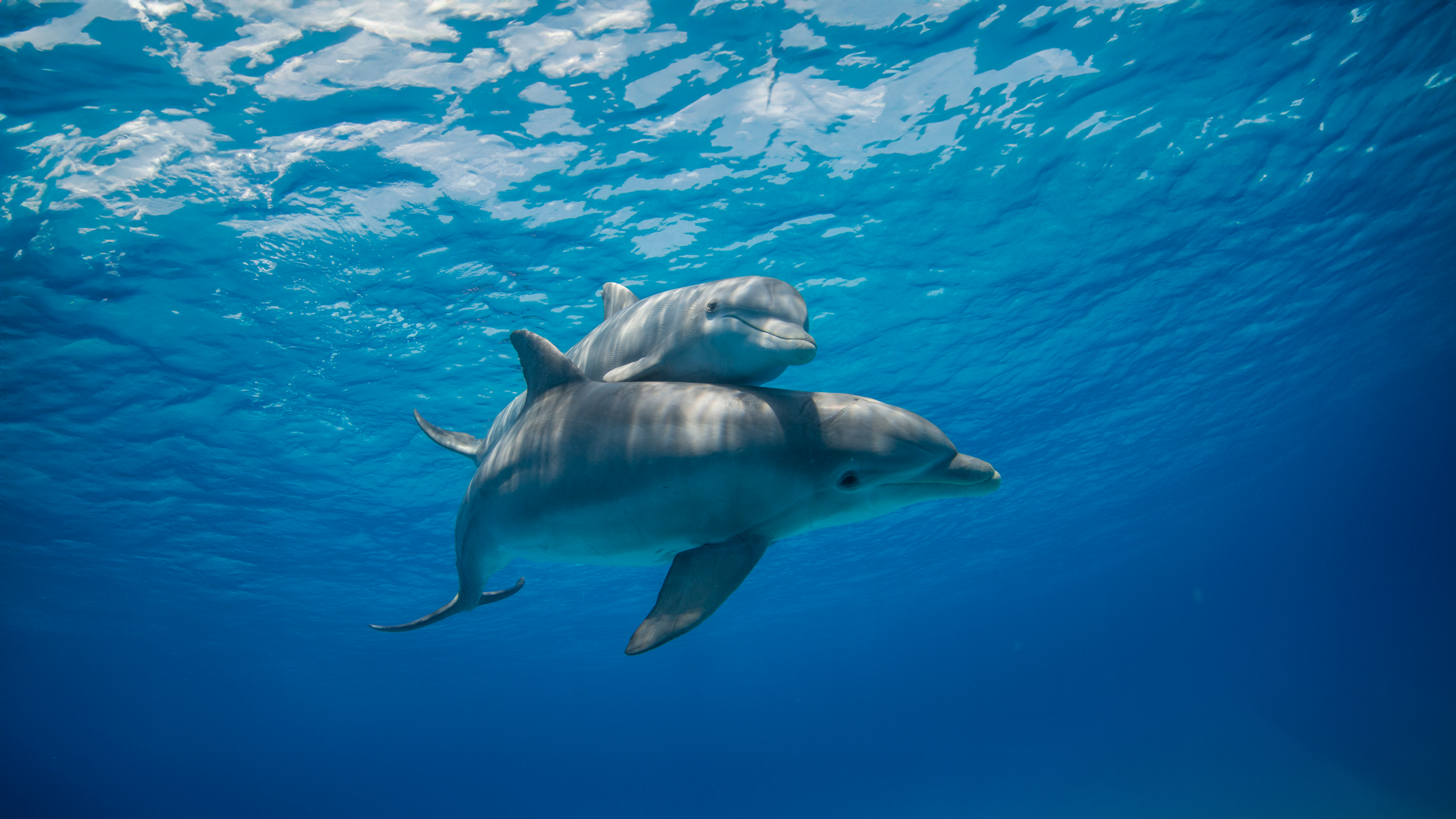Black Carbon: A Threat to Arctic Sea Ice
July 15th is Arctic Sea Ice Day, an opportunity to draw attention to the rapid decline of sea ice and wildlife habitat. According to the nonprofit Polar Bear International, “The Arctic is now warming nearly four times as fast as the rest of the planet, causing the sea ice to melt. Sea ice is crucial for polar bears as well as other species like beluga whales, seals, and humans. A new study predicts that the Southern and Western Hudson Bay polar bears — bellwethers for other polar bear populations — will likely become extinct if we fail to meet the goals set at the Paris Climate Agreement.”
One of the biggest threats to the Arctic is black carbon, and Pacific Environment has been at the forefront of international negotiations to limit this damaging pollution. Check out this moving op-ed about black carbon by Pacific Environment’s Arctic Policy Director Kay Brown.

What is black carbon? It’s pollution created by the incomplete combustion of fossil fuels, which leaves dark-colored particulate matter on snow and ice, reducing reflectivity and consequently increasing snow and ice melt. Black carbon accelerates Arctic warming, which is happening four times faster than the global average. We have to do something to stop this.
To combat black carbon and Arctic warming, Pacific Environment advocates for strong policies at the International Maritime Organization, the U.N. agency for regulating maritime shipping — where Pacific Environment holds consultative status, Our Arctic team can comment on proposed decisions, provide recommendations and engage the world’s leaders on Arctic issues. Learn more about black carbon.




